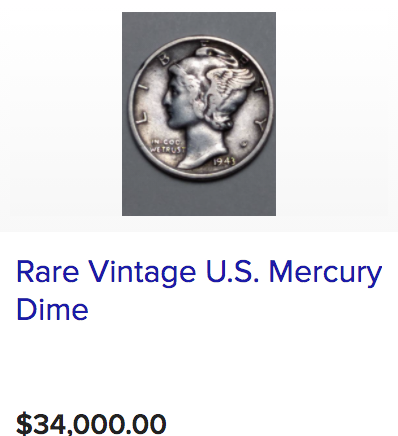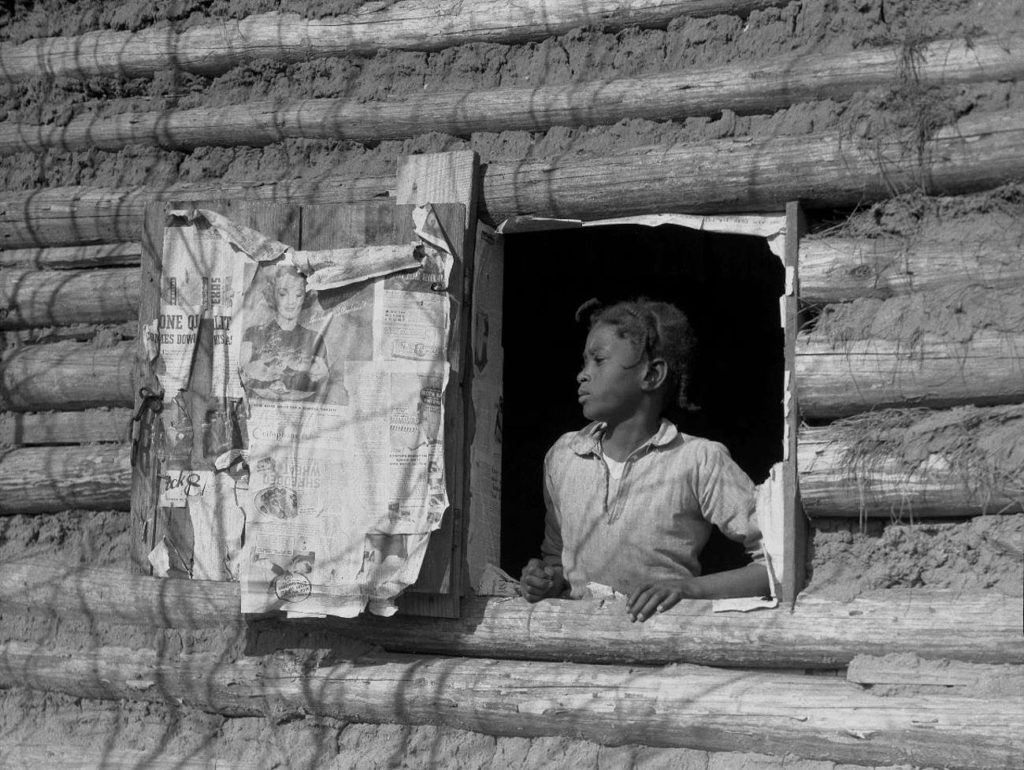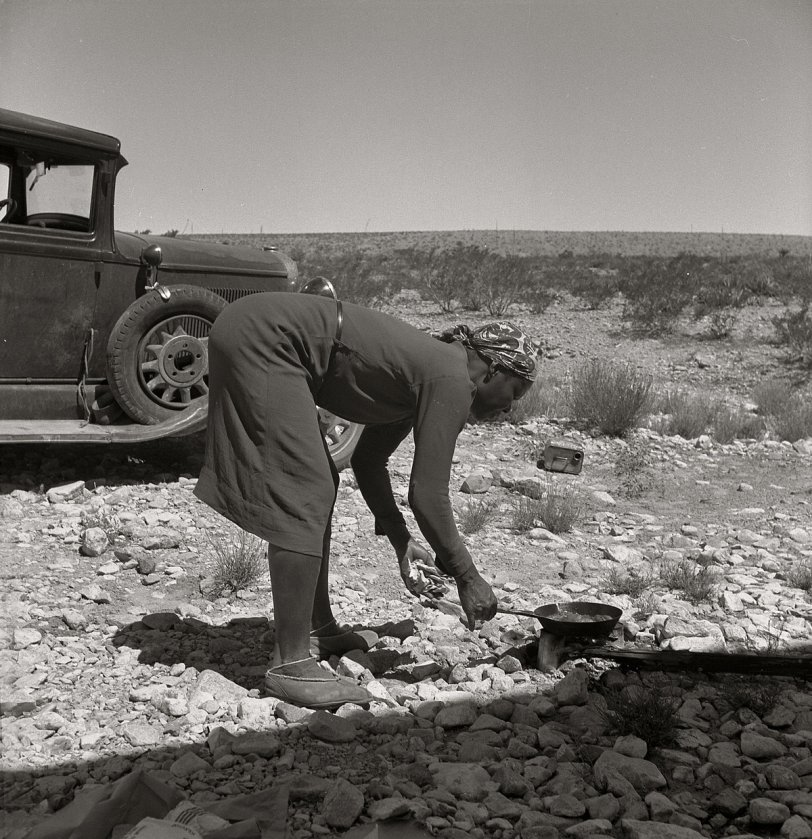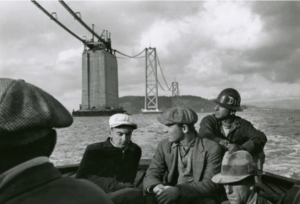
Editor’s Note by Bruce Berman
How could you even describe how beautiful this car is. Every once in awhile you just have to go silent, let your mouth hang open and just say… Wow!
At the end of the article… check the price.
DEAL!
______________________________________________________________________________
Without a doubt one of the most beautiful cars ever made, the Talbot-Lago Teardrop Coupé was designed by Giuseppe Figoni, one of the greatest French coachbuilders before World War II. The sheer definition of Art-Deco, the T-150C SS was nicknamed Goutte d’Eau (teardrop) because of its round shape and sensual curves. Not just a pretty car, though, as the Talbots of the era won many races, including the French Grand Prix of 1937. A stock Talbot Teardrop even competed at the 1938 24 of Le Mans race, placing third overall. You can auction one of these beauties at around $4,000,000.
This is a description from DriveMag




